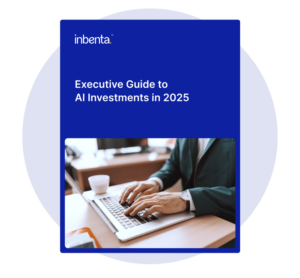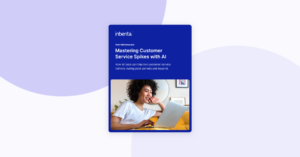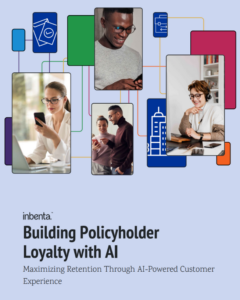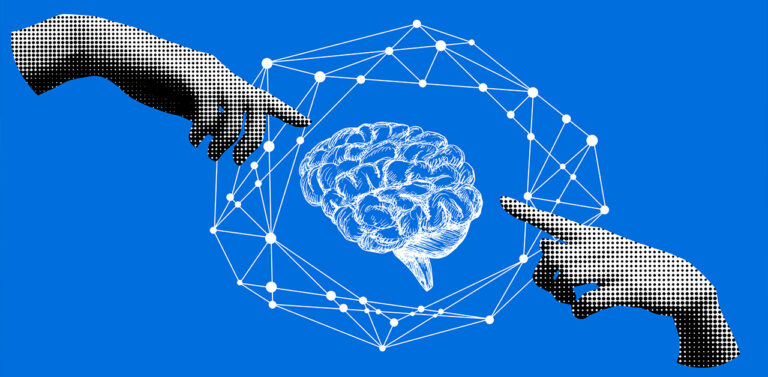While several new protocols are emerging for integrating AI agents with external data and services, the Model Context Protocol (MCP) is quickly gaining traction. This article compares MCP to traditional APIs, exploring their differences, benefits, and real-world applications for businesses looking to scale AI capabilities with less complexity.
AI agents are only as useful as the data and tools they can access. Whether you need real-time weather updates, private document lookups, or custom business workflows, the integration layer matters.
Understanding the Basics
Traditional APIs serve as a bridge for systems to interact with external services, operating on a client-server model and hiding complexities behind well-defined endpoints. RESTful APIs, for example, use HTTP methods like GET or POST. While effective for many business needs, they have limitations for modern AI requirements.
MCP streamlines how AI applications access tools and information.
Introducing MCP
At the end of 2024, Anthropic introduced the Model Context Protocol (MCP) as a standardized way for AI agents to access external data and capabilities.
MCP has started to gain popularity as the common protocol, being accepted by the likes of Asana, Atlassian, Block (formerly Square), Google, Intercom, PayPal, Snety, Stripe, and Webflow, among others. Similar to how USB-C standardizes connections, MCP streamlines how AI applications access tools and information. MCP also uses a client-server model, where an MCP host manages clients through JSON RPC 2.0 sessions connected to external servers.
Consider a travel website needing up-to-date weather details or driving instructions:
Traditional APIs require custom coding for specific endpoints. Code needs to be custom-built with specific parameters to retrieve the data you need.
Leveraging MCP lets you be vendor-agnostic. An MCP connection to weather details from one vendor can quickly and easily be swapped out for another vendor with minimal changes.
Explore how Inbenta’s AI integration solutions can boost your business.
User-Centric Design in Action
Building systems with user-centric AI involves tailoring interactions based on user needs. For example, an AI customer support agent using APIs might require multiple endpoints for different requests, like checking order status. With MCP, the AI agent can dynamically discover tools — such as one for personalized order tracking — from an MCP server. This reduces development time and helps address new customer needs quickly.
Why does this matter for your business?
Understanding these tools and their strengths lets you align your technology with your business goals. Recognizing that Generative AI might not solve every problem is part of the journey. By matching business constraints with the right integration approach — be it APIs or MCP — you create a more effective solution that grows with your organization as your needs evolve.
Understanding these tools and their strengths lets you align your technology with your business goals.
While MCP introduces a fresh layer designed for AI needs, it doesn’t replace APIs. Many MCP servers wrap around existing APIs, bridging traditional and modern approaches. This layered approach offers the stability of established APIs combined with the adaptive, standardized interface of MCP.
Selecting the proper integration tool depends on your business’s unique requirements. Traditional APIs have stood the test of time, but MCP brings a dynamic element suited for AI applications that need to evolve on the fly.
Both approaches serve a purpose in your AI landscape by efficiently bridging data and services with your AI agents. Expect these integration layers to work in tandem, simplifying how your business harnesses AI’s power.
In Brief:
- APIs provide a proven method for connecting systems through established endpoints.
- MCP standardizes the connection, offering dynamic runtime discovery of new capabilities.
- MCP’s design addresses modern AI needs with a uniform protocol much like a USB-C connection.
- Combining both approaches allows easier adaptation and faster response to evolving customer needs.
- User-centric design remains essential when integrating these technologies into business processes.












